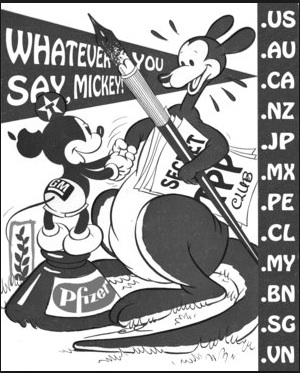Andres Velasco writes: With the International Monetary Fund having just cut its forecasts for economic growth in Latin America for the fifth year in a row, the region’s countries are casting about for ways to reignite investment and boost productivity. They should look to fast-growing Asia, argue advocates of the Transpacific Trade Partnership (TPP), the proposed mega-regional trade accord that would bind together 12 Pacific Rim countries. But should they?
If done right, the TPP could help Mexico, Peru, and Chile – the accord’s Latin American members – make the leap to high-productivity exports based on innovation. But that would require the TPP to foster, not impede, the flow of knowledge around the Pacific Rim. Regrettably, the United States is insisting on a series of intellectual-property provisions that serve the interests of US-based firms, but do little to create a sound environment for innovation elsewhere.
In the last two decades, Mexico has managed to diversify its export base and is now a major supplier of industrial goods to the US and Canada. The bad news is that Mexico’s growth prospects have become inextricably tied to those of its huge neighbor to the north. The good news is that the US is growing faster than any other major industrialized economy, so Mexico can look forward to a couple of years of accelerating economic expansion.
Peru and Chile, by contrast, are natural-resource exporters that derived huge benefits from the China-driven commodity boom of the last decade. Today commodity prices are down, and so is growth.
That is where Pacific Rim trade and the TPP come in. A firm in Thailand, the Philippines, or Vietnam can develop a new product line by plugging into the huge East Asian value chain and producing, for example, a tiny component which, along with myriad other components, will be assembled into a smartphone at a factory in China. TPP and Latin America

